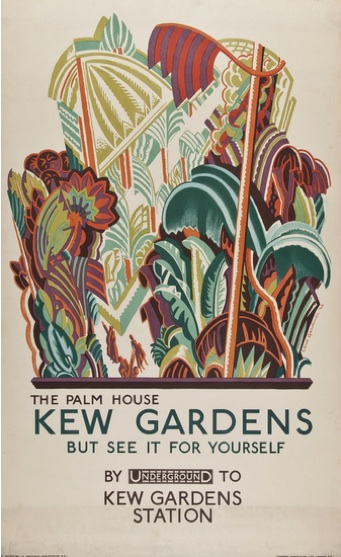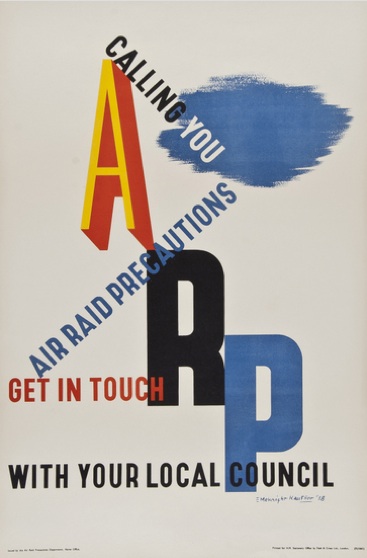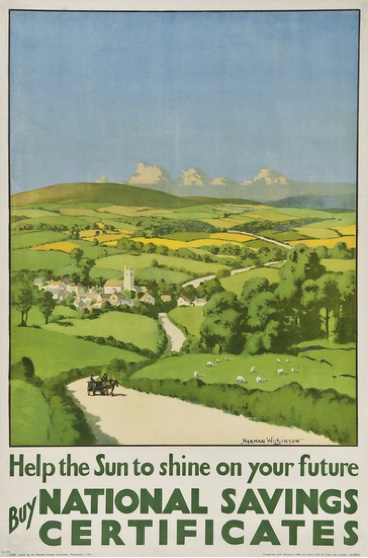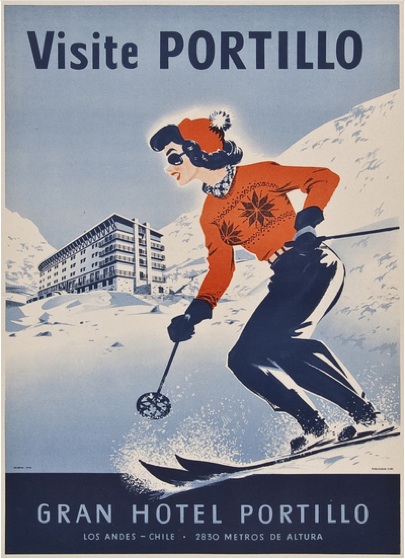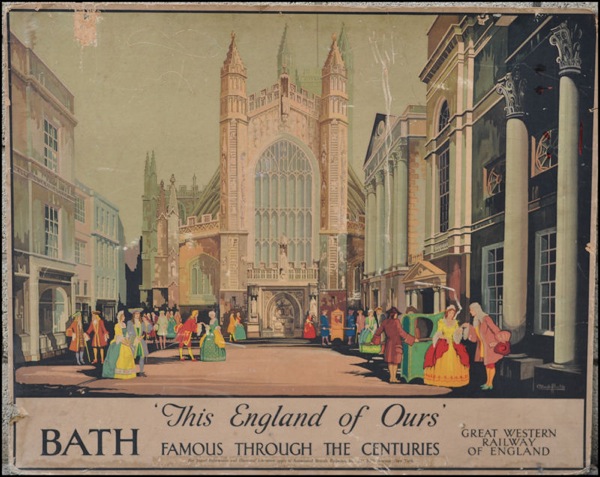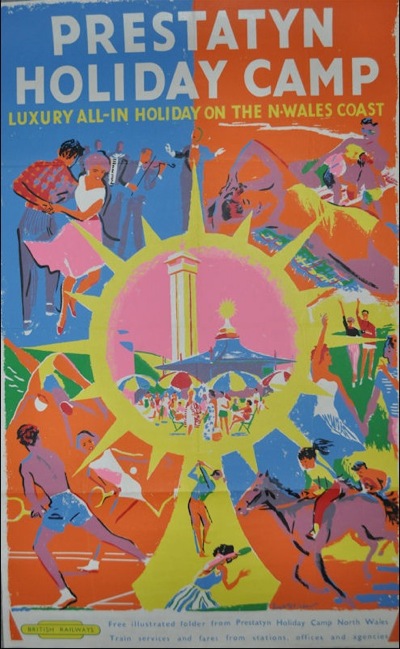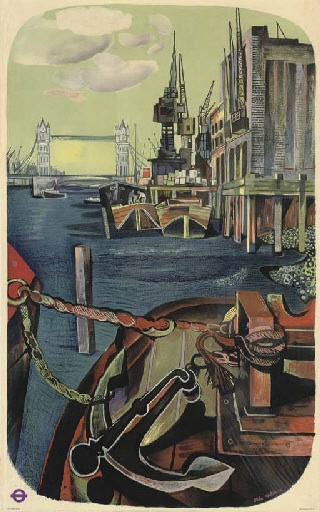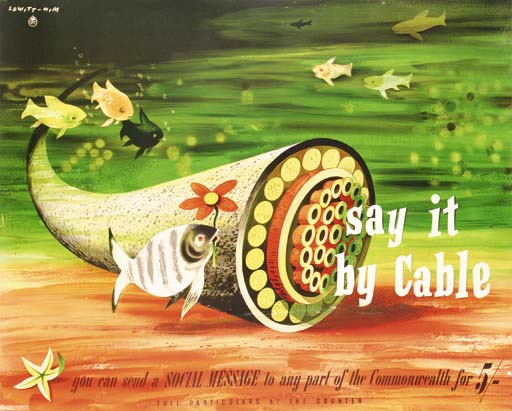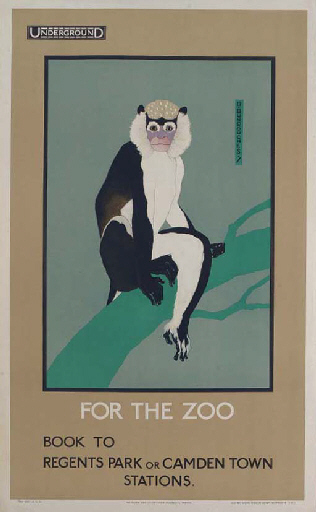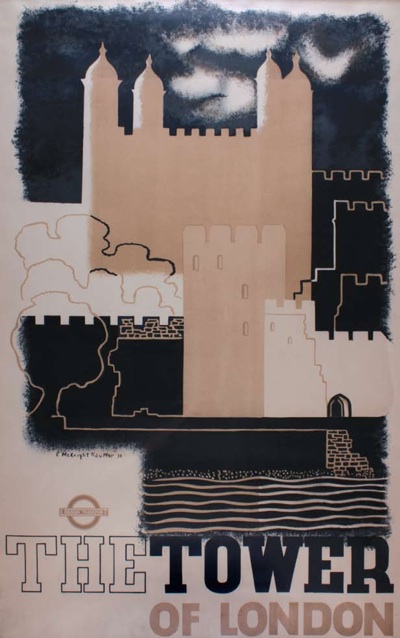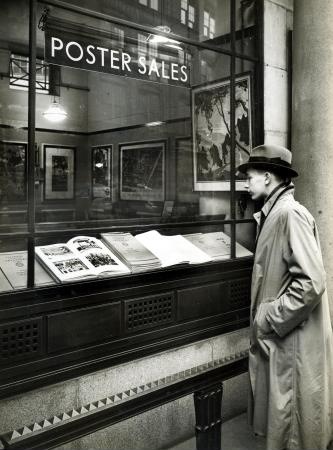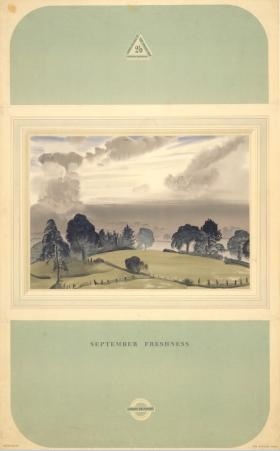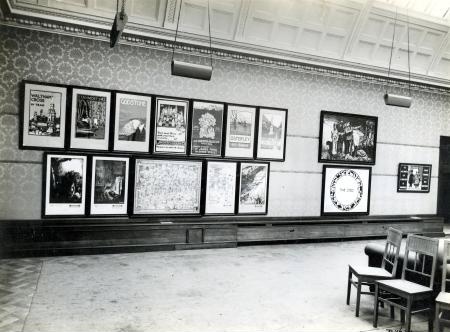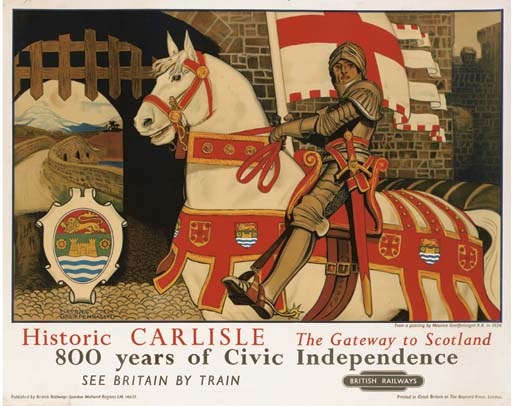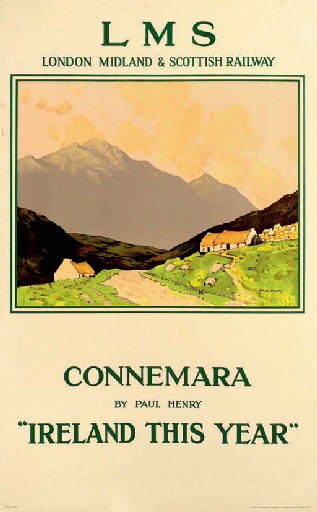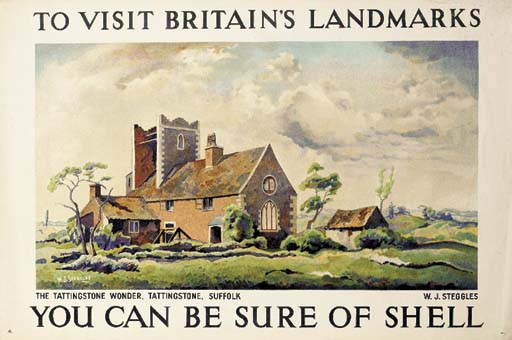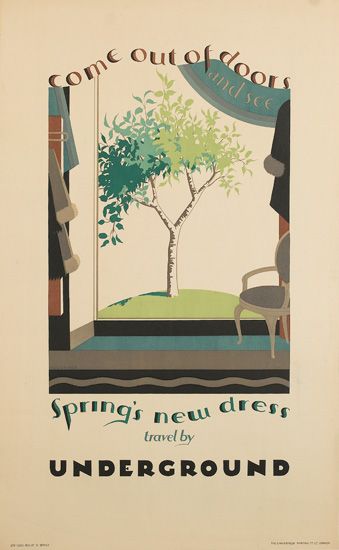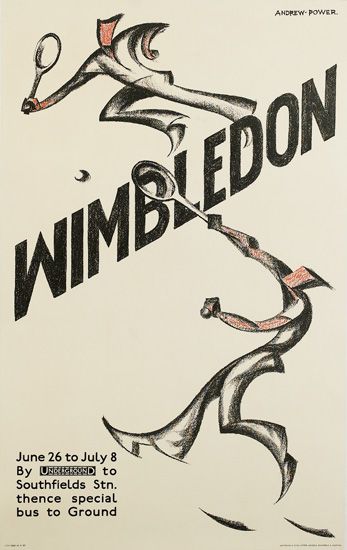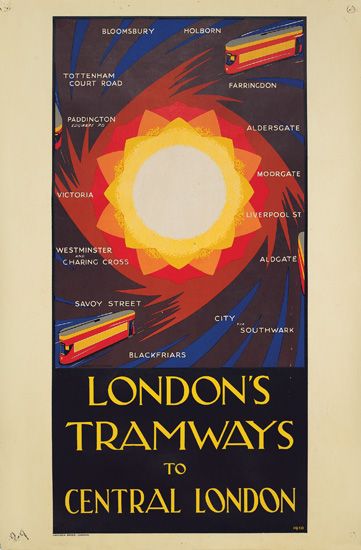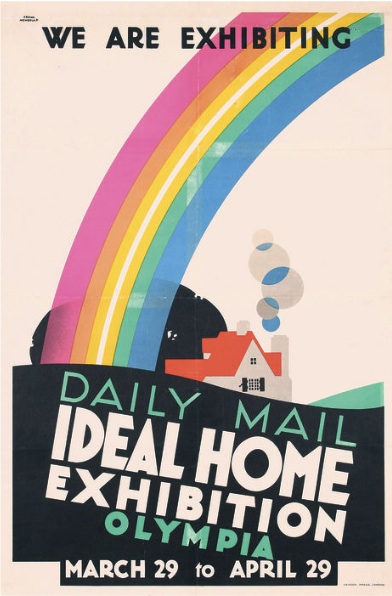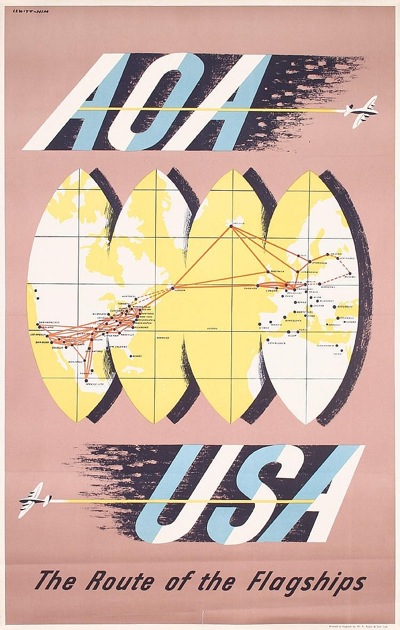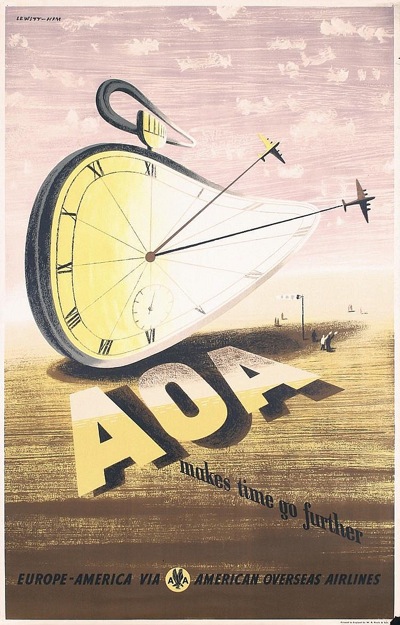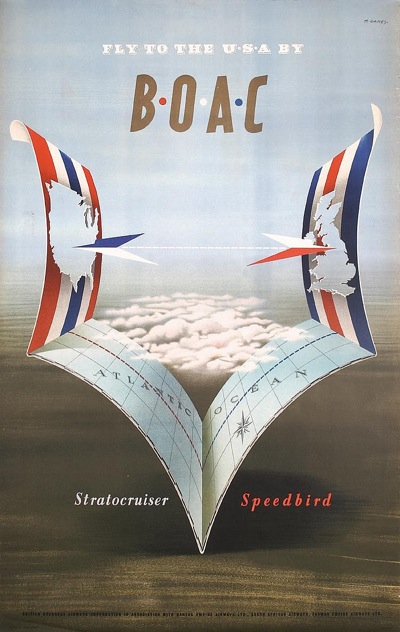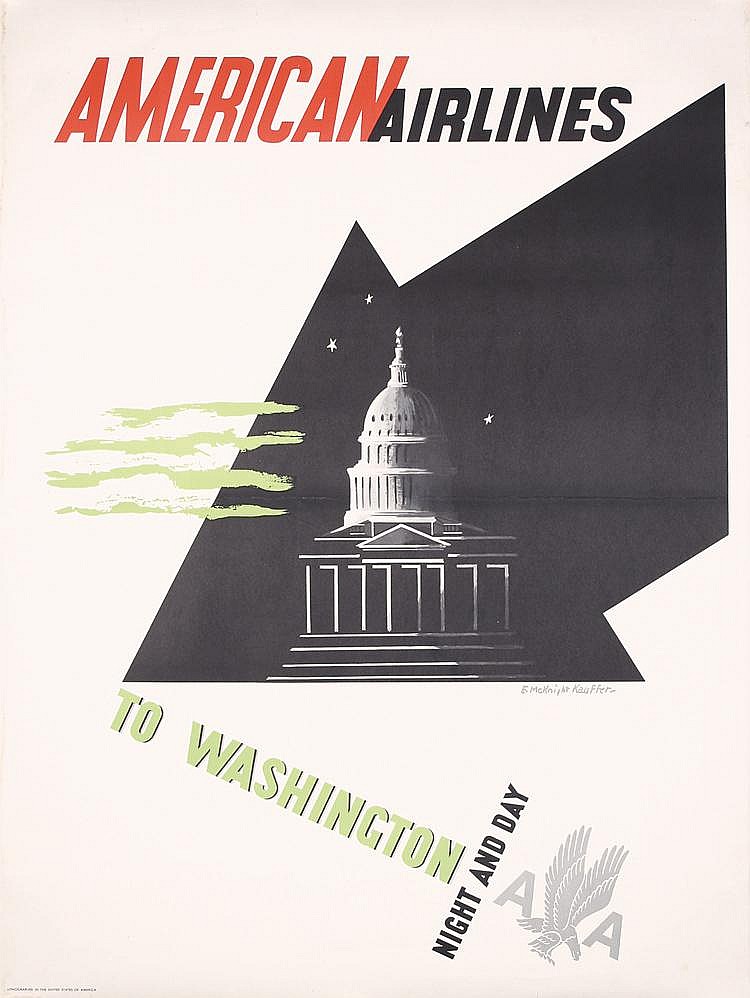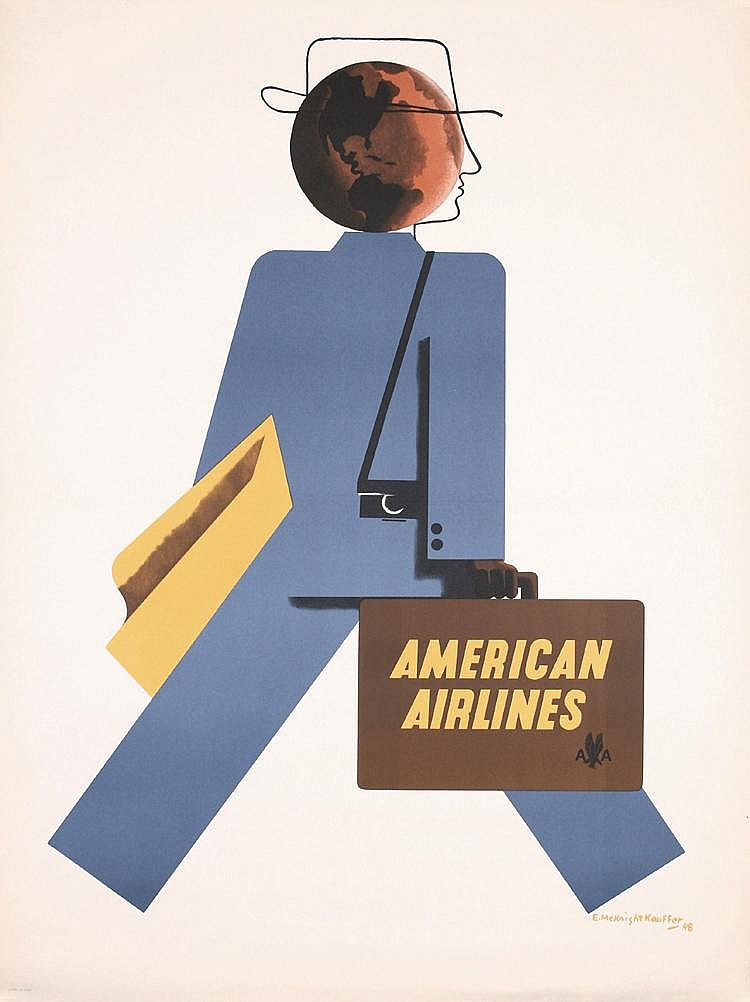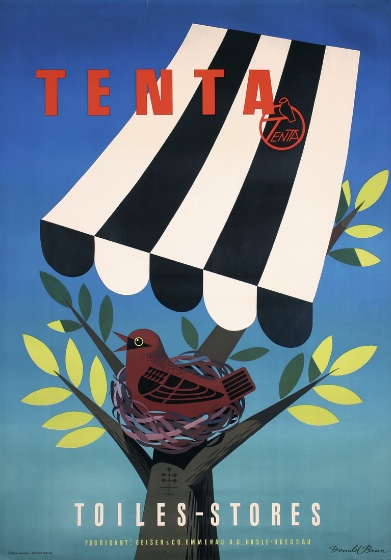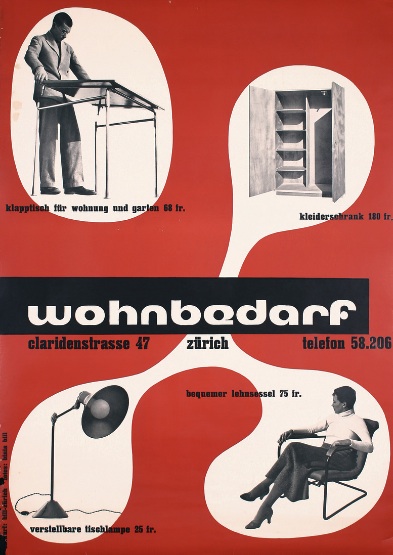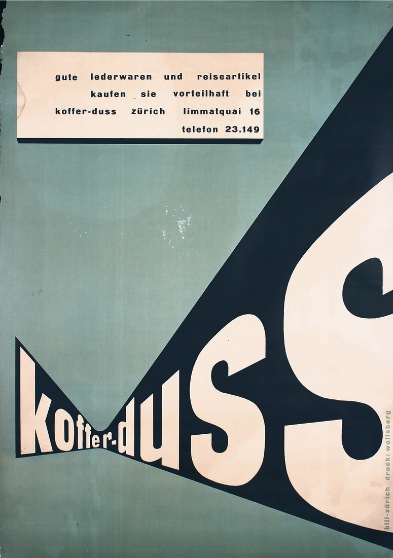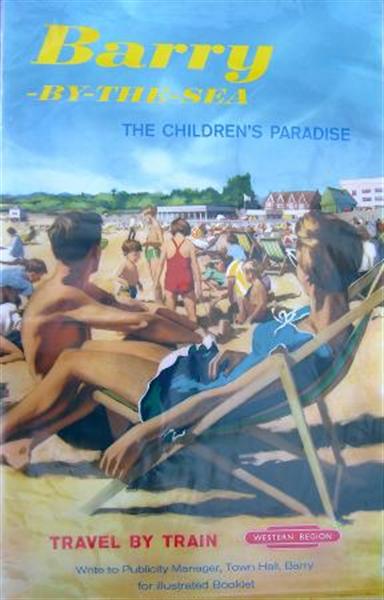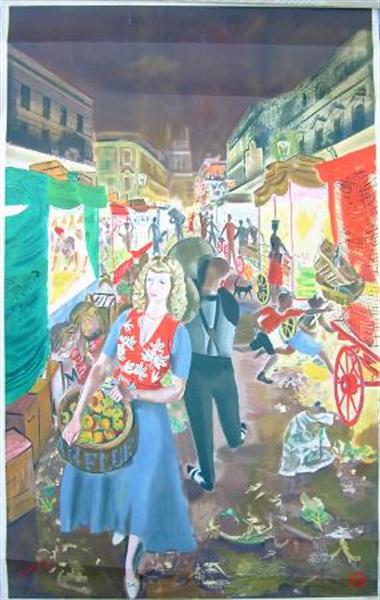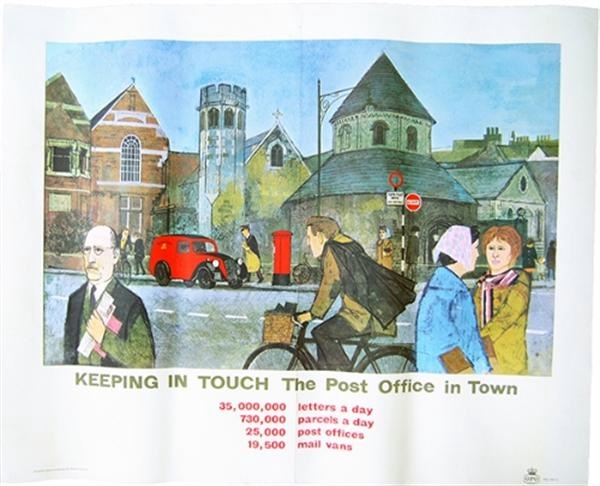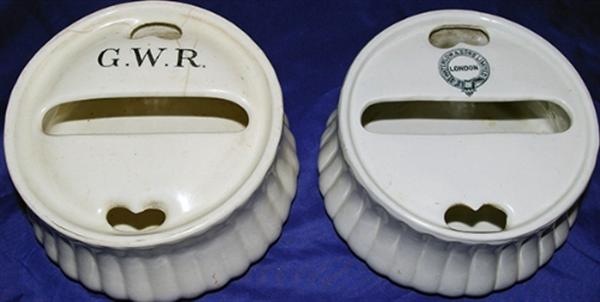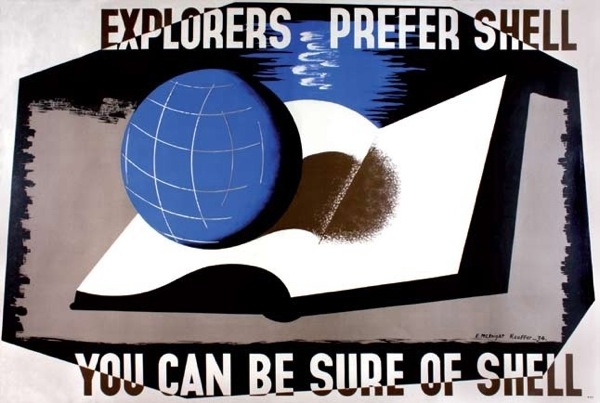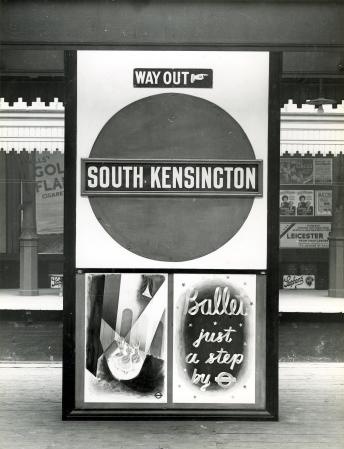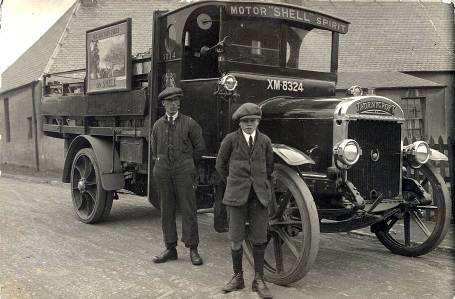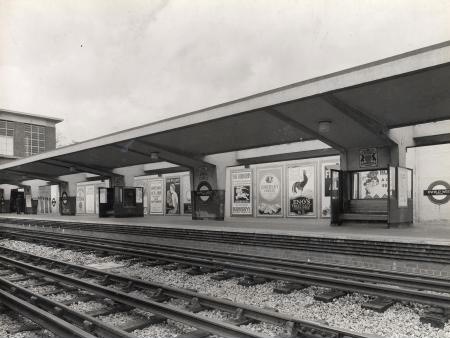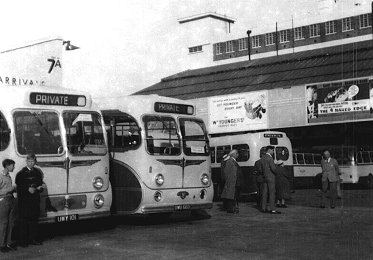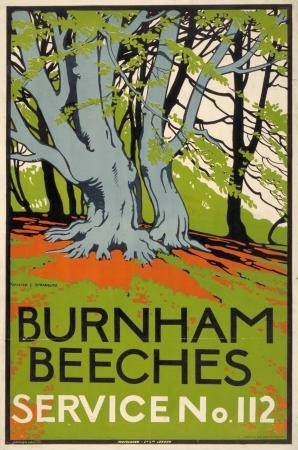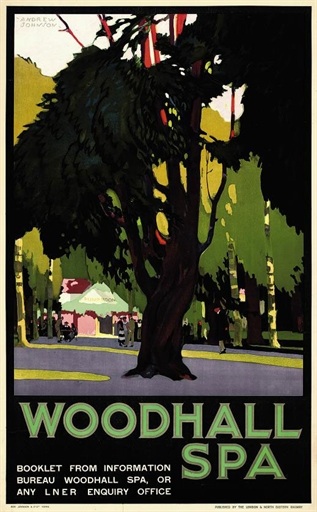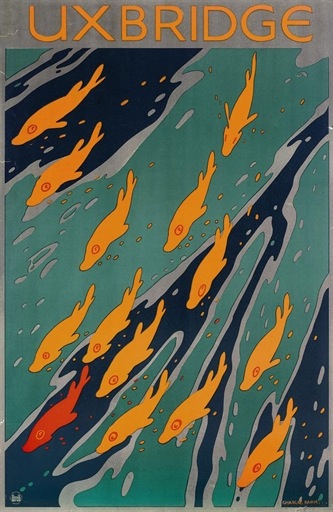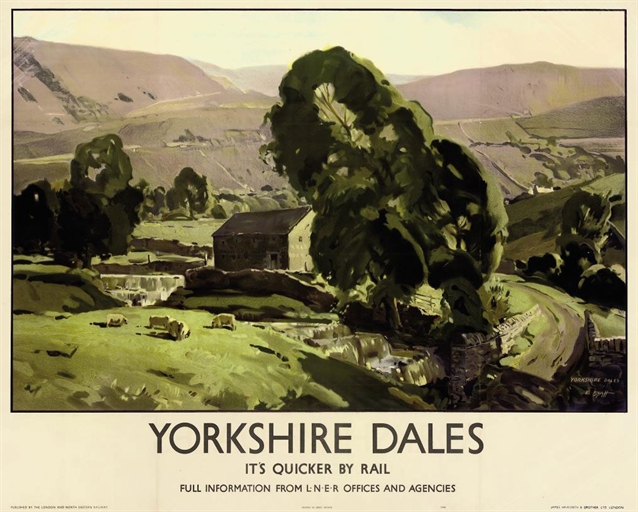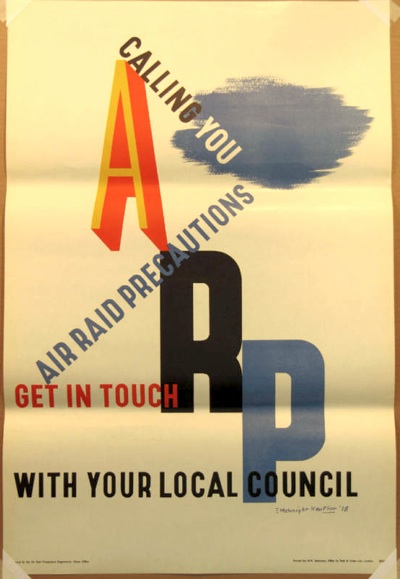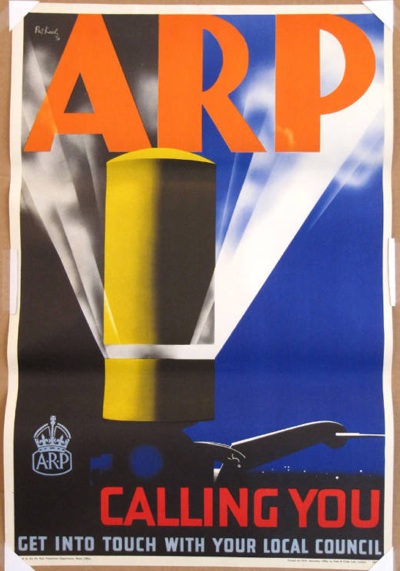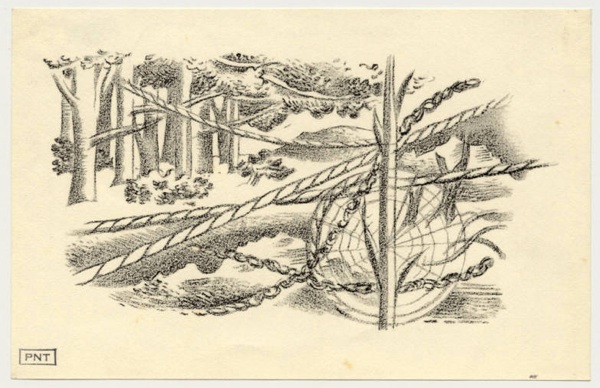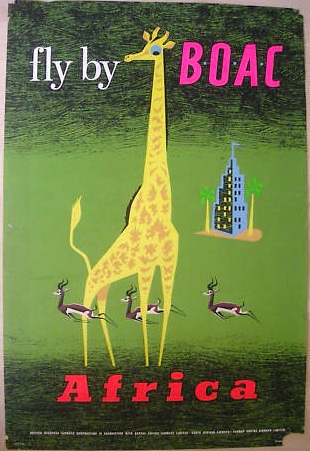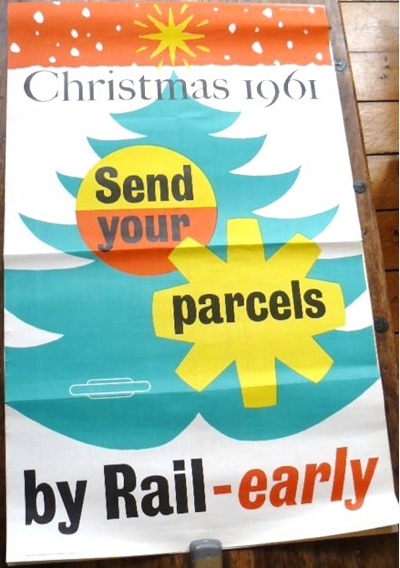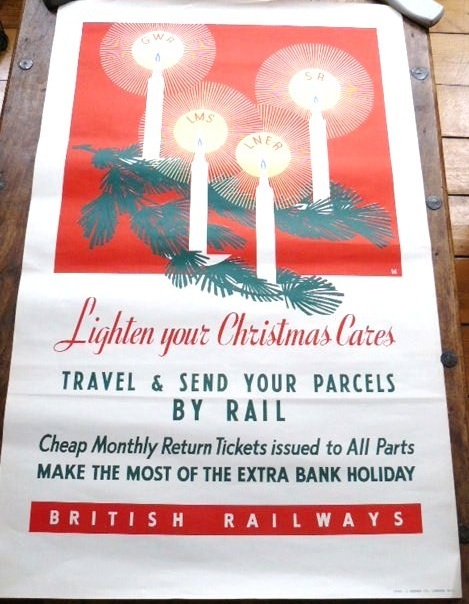So, the Christies auction. Which is coming up on 5th November.
I do have to admit that I was a bit hard on it last week when I said that it didn’t containg anything I was interested in. This is not true, it just doesn’t have anything I can afford.
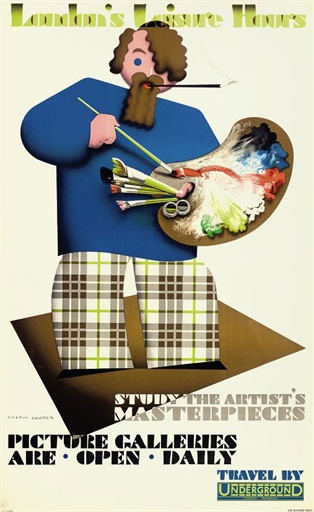
Austin Cooper, 1933, est £800-1,200*
I think my cynicism might have been caused by Christies’ brand new ‘cool wall’ technology, which does let you browse through whole swathes of an auction at once (screenshot below). It moves and tilts and does all sorts of other fancy things too that I can’t show on here.
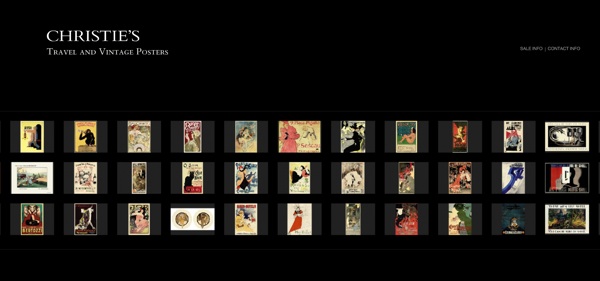
All of which has the side-effect of reducing the posters to small coloured blobs which are quite easy to dismiss. But I now have a PDF of the catalogue, which means that I like it a great deal more.
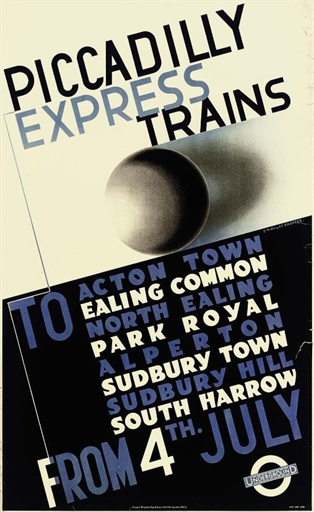
McKnight Kauffer, 1932, est £600-800
What I like most is the first hundred lots or so. These are a stunning collection of pre-war London Transport posters, which all come, apparently, from one collection.
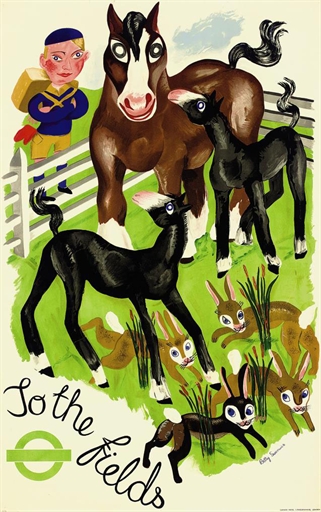
Betty Swanwick, 1936, est £600-800*
Lucky them, because it’s an incredible selection. I can hardly pick out my favourites. But I rather like the type on the Pears boats below.
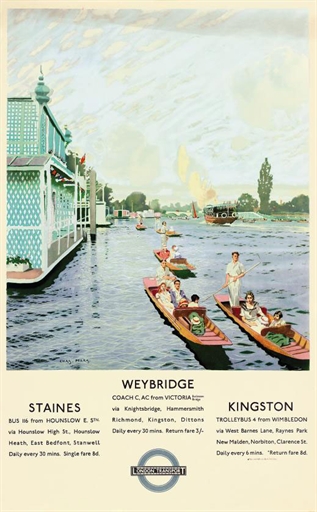
Charles Pears, 1935, est £600-800
While this is just fantastic in every which way: subject, image, title and general un-Britishness.

Vladmir Polunin, 1934, est £700-900*
What’s interesting (if you’re me, at least) is that I had several of these posters on my wall when I was a student – only as postcards mind you.
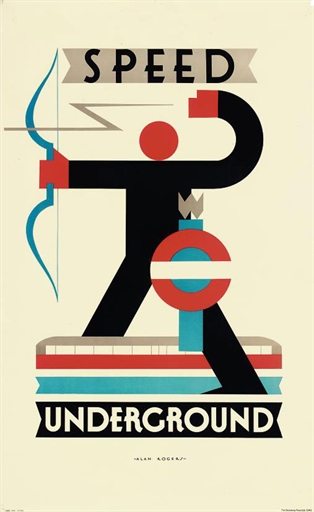
Alan Rogers, 1930, est £600-800*

Frederick Manner, 1929, est £800-£1,200
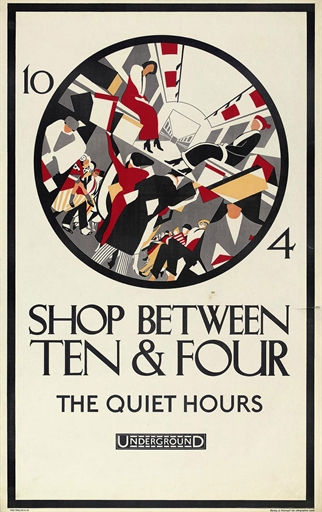
Annie Fletcher, 1926, est £1,500-2,000
But I don’t think there has ever been a time when I could have afforded them (or indeed anything else nice from the period) so I ended up collecting, and interested in, post-war design. It goes to show how much taste is formed by necessity as much as pure aesthetic appreciation.
I shall also, have to mourn, once more, that I never bought one of this pair when it was for sale for considerably less than that at Rennies.
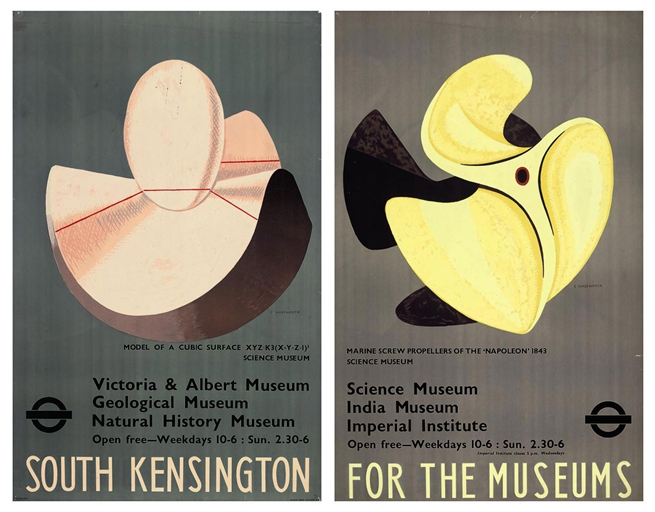
Edward Wadsworth, 1936, est £1,00o-£1,500
It is also my duty to point out that there are not one but two rather good Edward Bawdens up for sale too, should you have a couple of thousand pound burning a hole in your pocket.
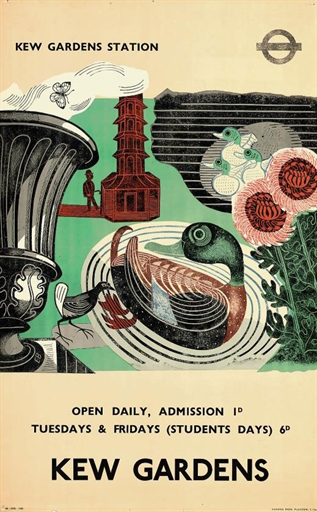
Edward Bawden, 1936, est £800-1,200
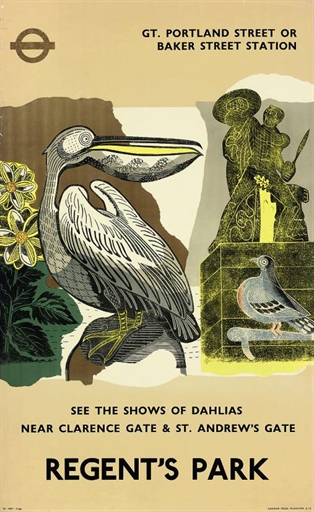
Edward Bawden, 1936, est £600-800
Other than the swathes of London Transport joy, there are some railway posters, which are generally the usual suspects, apart from this Tom Purvis, from a series that I have always rather liked.
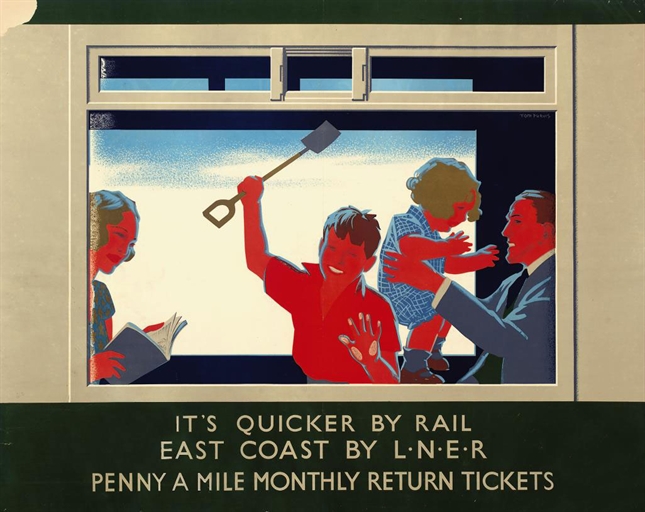
Tom Purvis, 1930, est £600-800
And this train-nerdy one which looks like a vision of the future rather than anything to do with British Railways. Does anyone know if it ever actually ran? And can I go on it?
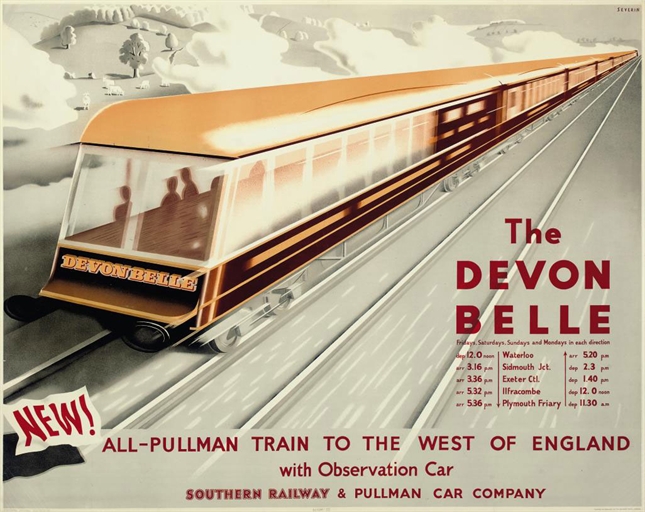
Then there is the usual miscellany of Mucha, foreign travel and other odds and ends, of which these two Herbert Bayers are probably the most interesting.
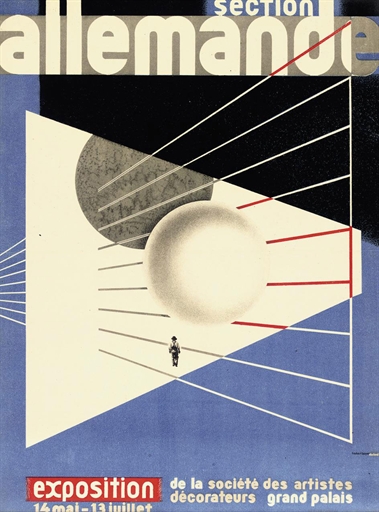
Herbert Bayer, 1930, est £1,000-£1,500
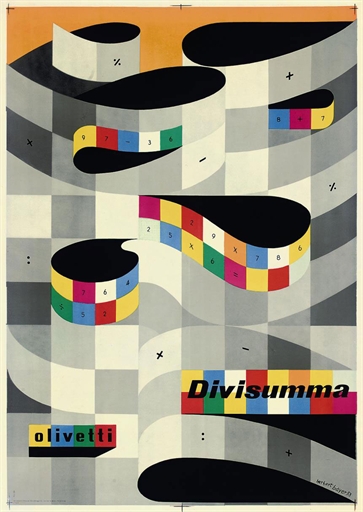
Herbert Bayer, 1953, est £1,000-£1,500
Despite all of these wonderful things, I am nonetheless still going to complain. And, as usual, my complaint is about Christies’ minimum lot price. It’s supposed to be £800, although given the number of posters estimated at £600-800, they’ve clearly softened their line a bit these day.
It has two rather unfortunate effects. One is that there is very little post-war design about at all – and what there is ain’t British. Apart from the Herbert Bayer above, there are a few kitschy railway posters and then these two rather fabulous American posters by Stan Galli from 1955 and 1960.
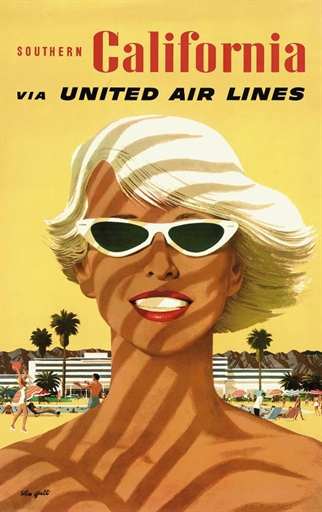
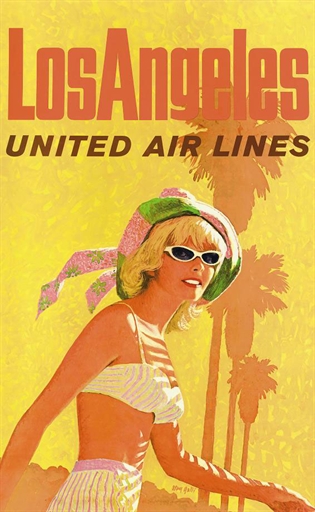
But that’s your lot, and I, for one, am disappointed.
The other, and perhaps more serious one, is that there are far too many multiple lots. For example, the Alan Power Speed poster above, also comes with “two posters by T. Eckersley and E. Lombers”. Eh? Surely these are things of value in their own right? And that’s not the only one – Electricity Supercedes St Christopher comes with six, count them, six other London Transport posters. While this fabulous Herry Perry comes with four.
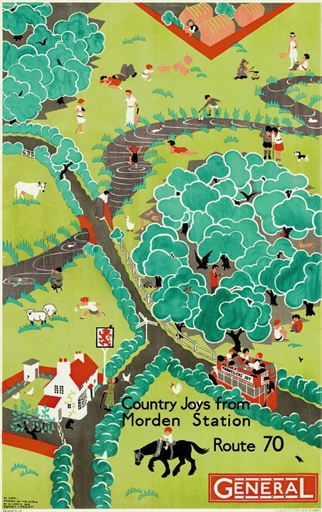
Herry Perry, 1930 est £700-900
I’ve asterisked all the ones which are parts of multiple lots, just so you can see precisely how many there are.
Now, why does this annoy me? One reason is that there are tons of posters in this catalogue that I just can’t look at. Being based in the sticks, I can’t just wander down to South Kensington and take a look at the other parts of the lots. Yes, I could interrogate someone at Christies and ask for pictures of all of them (I have their name, and I may just do that), but it rather takes the point out of there being a catalogue. Furthermore, it seems rather a retrograde step. One of the great things about the internet is that auctions not only all over Britain but internationally too have become available to everyone. You no longer need to be there to see what is on offer, and to bid. But the Christies catalogue takes some of that away from me, and I think it’s a shame.
Perhaps even more problematic, though, is that multiple lots make it harder to value individual posters. When the Alan Power is sold, will its value be for itself alone, or for the two Eckersley/Lombers which come with it? How shall we tell what share of the worth comes to them – or perhaps they will be bought by an Eckersley collector who will sell the Power on elsewhere. Then who can tell what the value of anything is? Not me, that’s for certain.
